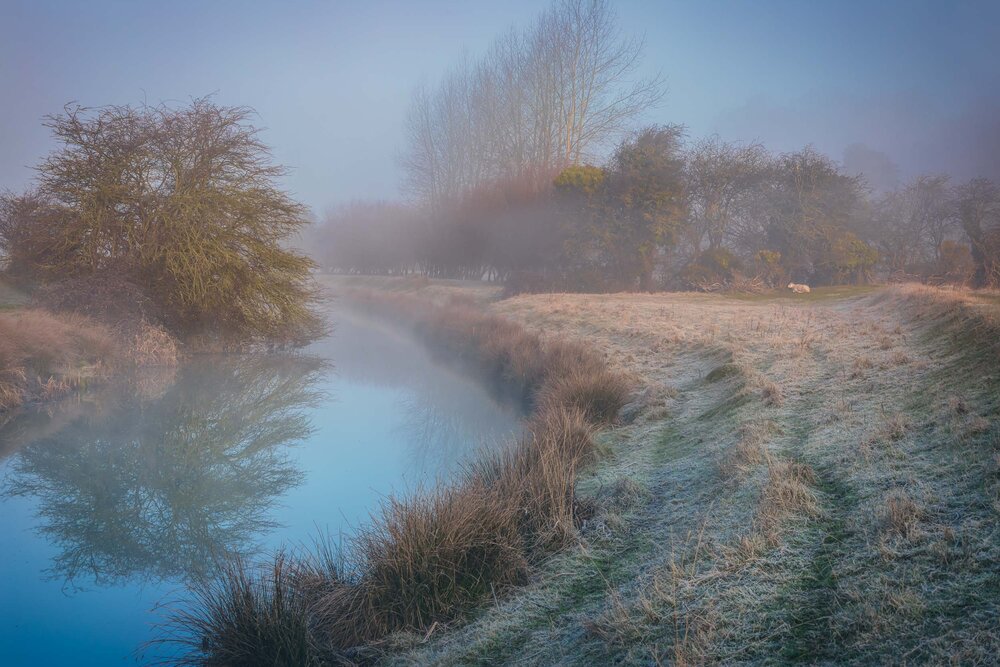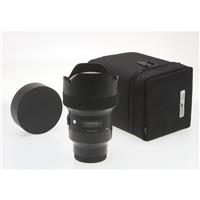
Lifetouch Photographers make around $24,000 per year, or $12 per hour. This is similar to the national mean for Photographers, however it is much less than the average income of all Americans. DCK Images has the highest-paid Photographers and they earn $135,000 per year. Central Texas College's lowest-paid Photographers make $14,000 per annum.
Salary for Lifetouch School Photography Photographer: $24,000
There are many options for Lifetouch School Photographer jobs. This job may pay up to $48,000 per a year and offer several opportunities for advancement. You may be able make even more, depending on where you are located.

This salary is below the national average of Photographers. But it is still more than the average American worker's income. The highest-paid Photographer at Lifetouch earns $135,000 per year, while the lowest-paid Photographer earns $14,000 per year.
It varies between Kinderhook, Bridgehampton, and other places.
While the pay for Lifetouch school photographers may vary, the average annual salary is above the state average. Bridgehampton is the leader in New York, Roslyn Estates and Brooklyn are second and third. Bridgehampton offers over $21,000 more than the Lifetouch annual salary. When comparing salaries for lifetouch photographers in different locations, it is important to consider the cost of living.
It depends on department or organizational function
Lifetouch salaries differ depending on where a person works. For example, sales workers make an average annual salary of $45,999. However, retail employees earn on average $38,052 per annum. In contrast, the lowest-paid organizational functions are customer service and warehouse operations.
For photographers who are just starting out, they get more than those with years in the business.
There are many differences between experienced and new photographers. A new incoming Lifetouch photographer often earns more than an experienced photographer. A Lifetouch manager recently criticized Alvarez’s work as a Chino Studio photographer during a performance evaluation. Marino asked Alvarez to attend a manager meeting. Marino stated that two Lifetouch employees had more than a half-century of experience. Alvarez felt like an outsider and was made to feel unwelcomed by this comment.

Alvarez was unable to perform certain functions in her job due to her disability, which included taking photographs. Lifetouch argued that she was incapable of performing these functions without reasonable accommodation. Lifetouch argued that she was unable to perform the essential photography portion of her job due to her disability. But she claimed that the job function did not make her title inapplicable.
FAQ
Do I Need A Tripod?
This is one question that everyone wants to know. While a tripod isn’t necessary every time, it is useful.
This allows you to keep your camera steady even when taking slow shutter speeds. A tripod is a great option for landscapes and other stationary subjects.
A tripod can also cause blurriness when you are photographing people or sports. So, how do you know which situations require a tripod?
A tripod is an essential tool for photographing fast-moving subjects or stationary objects. Examples include:
-
Sports
-
People
-
Landscapes
-
Close-ups
-
Macro shots
Do this test to see if you are unsure if you require a tripod. Keep your camera still, and then look through the viewfinder. A tripod is required if there are blurred lines, movement or other issues.
A tripod won't make any difference if there is no blurring.
These tips will help you make the right decision about whether to invest in a tripod.
-
You should ensure that your tripod has smooth legs. This will stop unwanted vibrations shaking your camera.
-
Choose a sturdy tripod. Some tripods are made out of plastic and may not be very durable. Opt for a sturdy metal tripod.
-
A remote release is a great option. You can control your camera remotely with this remote release. The button can be pressed to activate the shutter.
-
A tripod that can rotate 360 degrees is a good choice. This makes it easier for you to position your camera horizontally, or vertically.
-
Remember that tripods can be expensive. Expect to spend between $100 and $200. But, you will get a lot for your buck.
-
Accessories such as memory cards and filters are important.
-
Check your local stores before buying online. Many retailers offer free shipping.
-
Check out customer reviews to learn what they think about a product.
-
Ask friends and family members who own similar products.
-
Forums and message boards are a great place to find out about customer experiences.
-
User reviews can be found online.
-
Amazon.com is a website that allows you to compare prices and get customer feedback.
-
Take a look at these photo galleries to see what other photographers do with tripods.
How do I get started with digital photography?
When you start out in digital photography, the first thing to consider is which type of camera you will use. You have several options, including DSLRs (digital single lens reflex cameras), point-and-shoot compact cameras, camcorders, and smartphones. Each one has its advantages and disadvantages. DSLR cameras, for example, offer superior quality images but are heavier and larger than other types. Point-and-shoot cameras are smaller and lighter and often include automatic settings for certain situations. Camcorders offer excellent video recording capabilities, and may also have still photo shooting modes. Smartphones are light and portable and can be carried around easily.
Once you've chosen the type of camera that you want, you can decide whether to purchase a used or new model. Even if the cameras were bought in the last few decades, they can still be purchased at reasonable prices. Newer models cost more, as manufacturers spend a lot of money on developing new technology.
Next, you will need to purchase lenses. Lenses are crucial in determining the quality and appearance of your photos. They let you adjust the focal length to zoom in and out of the scene, without losing focus. Some lenses include built-in flash units. Others require external flash. Many brands offer many lenses with unique characteristics.
Finally, you will need to invest in memory cards. Memory cards are used to store images taken with your camera. You can store hundreds, thousands, or even more pictures depending on the size of the card. Multiplying your memory cards is necessary if you are going to be taking lots of photos.
What camera is the best for beginners, and why?
The best camera to use for beginners is dependent on your needs, budget, and skill level.
For example, if you're looking to save money, you might choose a point-and-shoot digital camera. These cameras aren't as versatile as they look, but they provide good quality.
Digital Single Lens Reflex (DSLR) cameras can be equipped with interchangeable lenses that enable you to shoot different types. These lenses are usually more expensive than point-and shoots, but offer greater flexibility.
A beginner's package is a great way to get started in photography. Everything you will need, including a tripod, flash, memory cards and lens, can be found in one package.
Do not forget to get extra batteries!
Statistics
- While I cannot prove that all of those spots were not sensor dust, the photo was taken during a heavy snowstorm…so I guess that 99.8% of the spots are snowflakes. (bhphotovideo.com)
- The second easiest way to get blurry photos 100% of the time is to use a cheap filter on the front of your lens. (photographylife.com)
- Get 40% off Adobe Creative Cloud(opens in new tab) (creativebloq.com)
- This article received 13 testimonials, and 100% of readers who voted found it helpful, earning it our reader-approved status. (wikihow.com)
External Links
How To
How to Take Pictures of Yourself
Portraits are important because of their ability to show who you actually are. They tell your story. While you may have one favorite photo of yourself as a child, you now want to take something different. It's easy for people to forget how fun it is to take photos. Here are some tips for getting started.
-
Make sure that you have enough light. The best time to shoot portraits is early morning or late afternoon. Make sure you don't have direct sunlight shining on your face if you are using flash. This will wipe out any details. Avoid shooting at noon. Too many shadows will result.
-
Use a tripod. You won't be able to see movement if you keep the camera still. That means you'll miss the chance to freeze action. And if you're going to use a flash, set up your shot first without it. Then turn off the flash and try again.
-
Shoot close-ups. Closeups are great for showing detail. They can also look fake if they aren't done well. Pay attention to the eyes, noses, and mouths of people. Do you see anything strange? Are glasses worn by someone? Are there freckles on the nose of someone wearing glasses? These features add depth and dimension to an individual's appearance.
-
Don't force smiles. Smiles can be tricky. People smile when they feel happy. But some people don't. If you try to force them, it just looks unnatural. You should think about what makes your laugh. Perhaps it's silly things like watching a cat jump through a hoops. Or maybe you love watching paint dry. Whatever your reason, you can keep thinking about it until the end.
-
Be creative. People tend to think that they are boring. But being ordinary isn't bad. You can find ways to be different from the norm. Perhaps you ask the person to place his hands behind your back, or pose with his hands behind your back. Or you might suggest having him wear a funny hat.
-
Keep practicing. You will improve your ability to capture moments if you keep practicing every day. You will start to notice more interesting details around you as your skills improve.
-
Have fun! Enjoy taking photos. You'll be more inclined to return to the same process if you enjoy it. You'll likely end up with some truly amazing shots.
-
Please share your work. After you've learned how to take beautiful pictures, share them among your friends and family. Let them know why you took the photo. Show them where it was. Let them know what you did.
-
Be patient. Sometimes you just won't click. It happens to everyone. Don't worry. Don't worry. Just move onto another image.